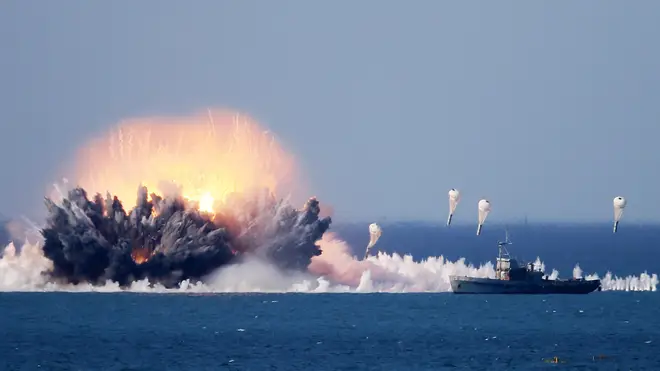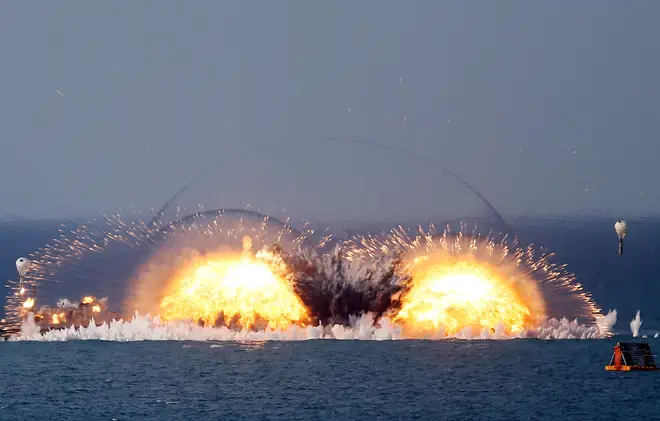
Ian Payne 4am - 7am
1 March 2022, 09:34 | Updated: 1 March 2022, 09:36

Weapons expert explains munitions Russia are deploying in Ukraine
Fears have risen over the use of thermobaric weapons in Russia's invasion of Ukraine and the use of banned cluster weapons.
The Ukrainian ambassador to the US said a vacuum bomb, another term for the devastating thermobaric bomb, had been used during the invasion.
The use of the weapons on targets in Ukraine has not been independently confirmed. However Putin is being accused of war crimes after cluster bombs were reported to have been used on civilian targets in Ukraine's second city, Kharkiv.
Nuclear Physicist and Arms Control Expert Dr Patricia Lewis, who is currently Research Director for International Security at Chatham House, gave insights into the devastating weaponry today on LBC.
Live updates: Huge convoy of Russian armour approaches Kyiv
Read more: Putin's 40-mile convoy heads to capital as he is accused of 'war crimes'

Dr Lewis explained cluster bombs are a collection of ‘bomblets’ inside a single warhead that can open up at varying altitudes to spread the payload over a wide area.
She said all of the bomblets are designed to go off when they land but some can fail, leading to the risk of children picking up deadly undetonated bombs after the initial blast has struck. “They can often look like drinks cans,” she said.
She explained Russia did not join a convention in 2008 that was set up demanding the total abolition of cluster weapons.
The bombs can contain ‘tens’ of smaller bombs, but depending on the intended target can rise into the thousands.
The bombs are designed for ‘wide area use.’

Thermobaric bombs were formerly known as fuel-air explosives. The weapon dates back to World War 2 and were also deployed in Afghanistan, Iraq and even Vietnam.
Thermobaric weapons spread fine carbon metal particles into the air before igniting them. Because of the wide area of the ignited particles, the blast sucks in oxygen from the surrounding area, hence the name vacuum bomb.
Dr Lewis explains the bombs cause an enormous explosion, first a “sucking in” before a blast out.
She said the blasts are “very sustained” and normally bring a shockwave with them and they do enormous damage.
The weapons have become even deadlier in recent years as the technology has been advanced and the weapons further developed, she explains.
The blast wave from a thermobaric bomb is capable of vaporising human bodies.
A vacuum bomb would not be used to target armoured targets, but are “very destructive" against soft targets like apartment buildings or lightly armoured defensive positions.